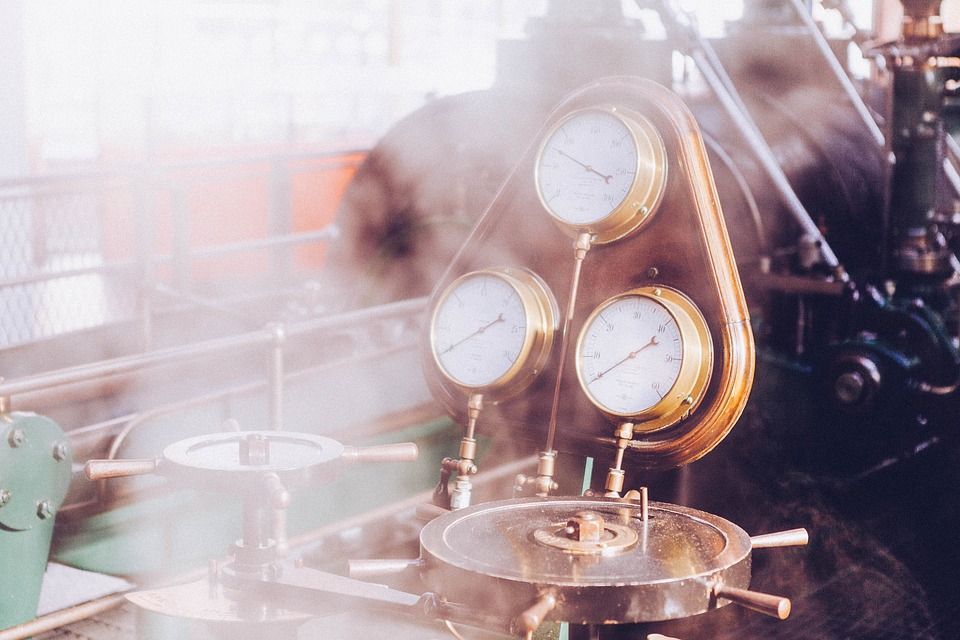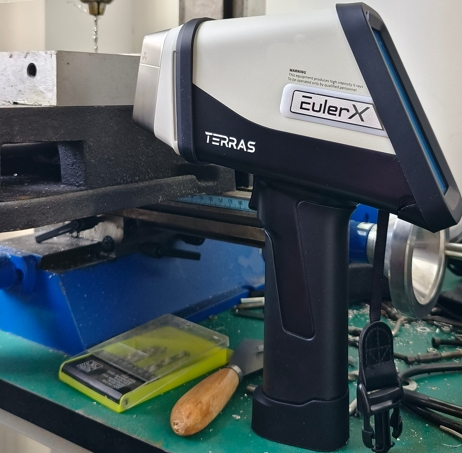
Alloy
A high-tech enterprise focusing on the development and application of X-ray technology products, committed to becoming a leading supplier of X-ray industrial testing solutions.
Common Applications of Alloy XRF Analyzer Guns in Construction and Engineering
In the ever-evolving world of construction and engineering, the demand for precise material testing and quality control is critical. One of the most powerful tools for ensuring the integrity and durability of materials used in construction and engineering projects is the XRF (X-ray Fluorescence) analyzer gun. This portable device offers quick, non-destructive analysis of the alloy composition in metals, allowing engineers, construction managers, and safety inspectors to make informed decisions about materials. But what exactly is an alloy XRF analyzer gun, and how is it used in these industries? Let's explore some of its most common applications.
What Is an Alloy XRF Analyzer Gun?
An XRF analyzer gun is a handheld device used to determine the chemical composition of a variety of materials, particularly metals and alloys. The technology behind XRF works by directing an X-ray beam at the material, which causes the atoms in the material to emit fluorescent X-rays. These emissions are then analyzed to determine the types and quantities of elements present in the material.

Terras EulerX900 Handheld Alloy Analyzer
Common Applications in Construction and Engineering
1. Quality Control of Steel and Other Alloys
One of the most significant applications of XRF analyzer guns in construction is the quality control of steel and other metal alloys used in buildings, bridges, and other infrastructure projects. Steel is the backbone of many construction projects, and the alloy composition can vary widely, affecting the material's strength, corrosion resistance, and overall performance. With XRF technology, construction engineers can quickly confirm whether the steel used in their structures meets the required specifications. This is crucial for ensuring safety and durability.
2. Inspection of Welding Materials
Welding is a common process in the construction and engineering industries, and it’s essential that the welding rods, fillers, and the base materials are compatible. XRF analyzer guns are used to verify the composition of welding materials before and after the welding process to ensure that the proper alloys are used and the joint’s strength is as expected. For instance, when welding stainless steel, an XRF gun can confirm that the right mix of chromium, nickel, and other elements is present in both the base material and the welding filler.
3. Material Certification and Compliance
Construction and engineering projects often require adherence to strict material certification standards to comply with local building codes, safety regulations, and industry norms. Alloy XRF analyzer guns allow companies to verify that the materials they use meet these rigorous standards before installation.
4. Identification of Unknown Materials
In many cases, especially in renovation or demolition projects, workers may encounter unknown metals or alloys that were not originally specified in the project documents. This is where an XRF analyzer gun becomes indispensable. Construction workers and engineers can use the gun to identify the exact composition of these materials without needing to send them to a lab for testing.
5. Corrosion Monitoring and Damage Assessment
Alloys used in construction are exposed to harsh environmental conditions, and over time, they may experience corrosion, which can compromise their integrity. An XRF analyzer can be used for corrosion monitoring by assessing the changes in the alloy's composition due to corrosion or wear. For instance, engineers can take periodic readings of steel pipes or structural beams in corrosive environments, such as coastal buildings or bridges, and identify the specific elements that have been lost or altered due to corrosion.
Advantages of Using Alloy XRF Analyzer Guns
Portability: XRF analyzer guns are lightweight and portable, allowing for on-site testing without the need to send samples to a lab.
Quick Results: Results are available within seconds, enabling fast decision-making, especially in fast-paced construction environments.
Non-Destructive Testing: The testing is non-invasive and does not damage the material being tested.
Accuracy: XRF technology provides accurate and reproducible results, helping ensure that materials meet strict specifications.
Cost-Effective: By reducing the need for laboratory testing and material wastage, XRF analyzers can help reduce overall costs in a project.

Terras EulerX900 Handheld Alloy Analyzer
The EulerX 900 series has proved to be an excellent choice for metal analysis in a wide fields, providing fast, accurate results directly to the user. Thanks to its cutting-edge electronics and sophisticated mathematical algorithms, the EulerX 900 series ensures superior measurement quality within seconds. This makes it an ideal tool for inspecting and analyzing incoming materials, finished products, and in-process production parts in a non-destructive manner. Its simplicity of operation allows users to quickly view alloy grade and chemical composition on the touch screen display, achieving laboratory-quality analysis with minimal training and virtually no need for sample preparation, regardless of the sample is shape or size.
Conclusion
The use of alloy XRF analyzer guns in construction and engineering provides numerous benefits, from ensuring the quality of steel and other metals to facilitating quick and non-destructive testing of materials. Whether it’s for quality control, certification, corrosion monitoring, or investigating metallurgical failures, XRF guns have become indispensable tools for professionals in the industry. As technology continues to evolve, these tools will likely become even more advanced, enhancing their applications and further improving the safety, efficiency, and quality of construction projects worldwide.
Join Us
Subscribe to our email list for updates & promotions.



